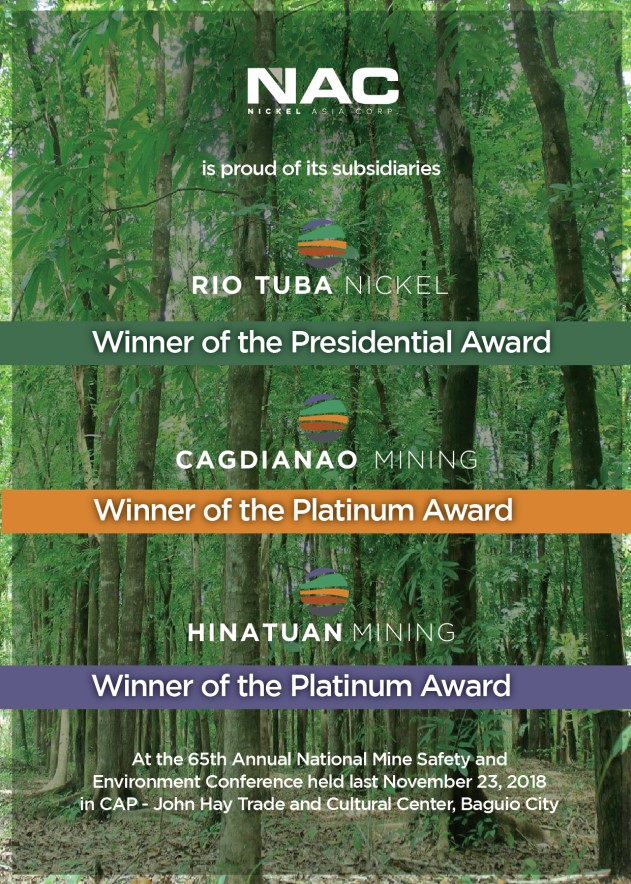Harvest Time
Rice bran good source of nutritious cooking oil
 By Sosimo Ma. Pablico
By Sosimo Ma. Pablico
Rice bran is not just good for hog feed. It is also an excellent source of healthy and nutritious cooking oil, according to food chemists of PhilRice (Philippine Rice Research Institute).
Results of experiments which started only in 2005 showed that rice bran from a glutinous variety IMS2 and the still popular inbred variety IR64 are loaded with vitamins E and D, crude protein, and calories from fat.
Dr. Leocadio S. Sebastian, former PhilRice executive director, said rice bran oil has been acknowledged worldwide as the “healthiest” plant-based edible oil because it contains significant amount of vitamins, anti-oxidants, and nutrients. At the same time, it is trans-fat free.
Rice bran oil has been claimed to reduce bad cholesterol or LDL and to increase good cholesterol or HDL in the body.
At present, health-conscious countries like the United States, Japan and Australia have reportedly been importing rice bran oil as substitute for animal-based oil as well as other vegetable oil, according to a PhilRice report. Rice bran cooking oil was first tried in India.
Instead of the usual solvent method of extracting oil, PhilRice food chemists used phosphate buffers and certain enzymes to produce robust and edible rice oil from local rice varieties.
The process starts with soaking the rice bran in hexane as solvent for about 14 hours. The crude oil is then separated from the solvent by rotary vacuum evaporator and the resultant oil is purified through a series of processes until it filtered and deodorized.
The PhilRice rice chemists had the initial impression thought that rice bran from glutinous rice had higher oil recovery of 17.6 percent as well as more crude fat than varieties with intermediate and high amylose contents. They concluded that extraction of rice bran oil from glutinous rice is more economical for the high oil recovery rate noted aside from being nutritious.
The chemists said that aside from raising the prospects of productivity and profitability in the Philippines, rice bran cooking oil would make way again for more uses once the technology is fully developed.
oOo
Successful Palayamanan Models
The Department of Agriculture rice program starting last year supported the creation of village-level Palayamanan models across the country primarily to improve the capacity and productivity of rice farmers, as well as showcase integrated and sustainable rice-based farming models that can be adopted by local government units and farmers.
One of the successful models was established in San Joaquin, Balungao, Pangasinan, a rainfed ecosystem with rice-rice and rice-corn cropping systems. The village site had an average benchmark rice yield of 4 tons a hectare, but yield increased by 4.9 to 7.0 tons a hectare with new rice varieties.
In San Juan, Ilagan, Isabela, an upland area constrained by unpredictable weather, low yield and high production costs, yield increased by at least a ton per hectare using the varieties PSB Rc3, PSB Rc5 and PSB Rc9. The Palayamanan model in this area had a net income of PPh87,000 a hectare PPh12,000 from rice, PPh45,000 from corn, PPh20,000 from legumes, PPh8,000 from hogs] plus some vegetables and fish for home consumption.
In the saline-prone areas of Cagayan where rice-rice and rice-fallow are the dominant cropping systems, saline tolerant varieties PSB Rc84, PSB Rc88, PSB Rc90, NSIC Rc106 and NSIC Rc108 yielded 4.9 to 5.5 tons a hectare, more than 2 tons higher than the average yield before the project.
(Readers may reach columnist at spablico@yahoo.com. For past columns, click http://sundaypunch.prepys.com/archives/category/opinion/harvest-time/ For reactions to this column, click “Send MESSAGES, OPINIONS, COMMENTS” on default page.)
Share your Comments or Reactions
Powered by Facebook Comments






